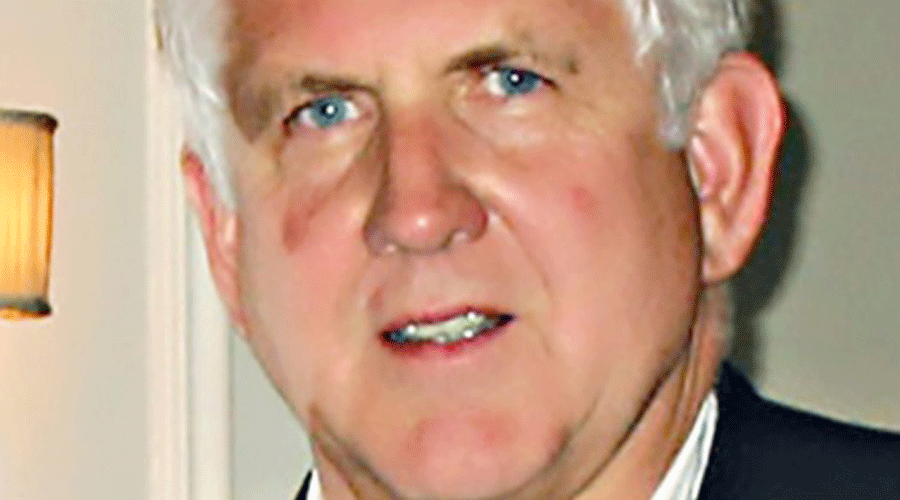In June 1972, Bob Metcalfe, a 26-year-old engineer fresh out of graduate school, joined a new research lab in Palo Alto, California, as it set out to build something that few people could even imagine: a personal computer.
After another engineer gave up the job, Dr Metcalfe was asked to build a technology that could connect the desktop machines across an office and send information between them. The result was Ethernet, a computer networking technology that would one day become an industry standard. For decades, it has connected PCs to servers, printers and the internet in corporate offices and homes across the globe.
For his work on Ethernet, the Association for Computing Machinery, the world’s largest society of computing professionals, announced on Wednesday that Dr Metcalfe, 76, would receive this year’s Turing Award. Given since 1966 and often called the Nobel Prize of computing, the Turing Award comes with a $1 million prize.
When Dr Metcalfe arrived at the Palo Alto Research Centre — a division of Xerox nicknamed PARC — the first thing he did was connect the lab to the Arpanet, the wide-area network that later morphed into the modern internet. The Arpanet transmitted information among about 20 academic and corporate labs across the country.
But as PARC researchers designed their personal computer, called the Alto, they realised they needed a network technology that could connect personal computers and other devices within an office, not over long distances.
A graduate student, Charles Simonyi, began building a local-area network he called Signet, short for Simonyi’s Infinitely Glorious Network. But he was soon moved to a different project. So Simonyi built a text editor, giving rise to modern word processors like Microsoft Word. And Dr Metcalfe started work on a new network. One afternoon in 1973, he was in the basement of the PARC lab, fiddling with a long strand of cable. As he struggled to send electrical pulses down the cable, another researcher offered to help.
The researcher was David Boggs, a doctoral student at nearby Stanford University who had recently joined the lab as an intern. Together, Dr Metcalfe and Dr Boggs, who died last year, designed what they would eventually call Ethernet.
“He was the perfect partner for me,” Dr Metcalfe said of Dr Boggs after his death. “I was more of a concept artist, and he was a build-the-hardware-in-the-back-room engineer.” Dr Metcalfe called himself and his collaborator “theBobbsey Twins” of computing networking.
Borrowing ideas from a radio-based network at the University of Hawaii, Dr Metcalfe and Dr Boggs designed Ethernet as a technology that could work both with wires and without. But the first network they built inside the PARC offices required cables. “We wanted to make it wireless,” Dr Metcalfe said. “But we couldn’t have zero wires.”
New York Times News Service










